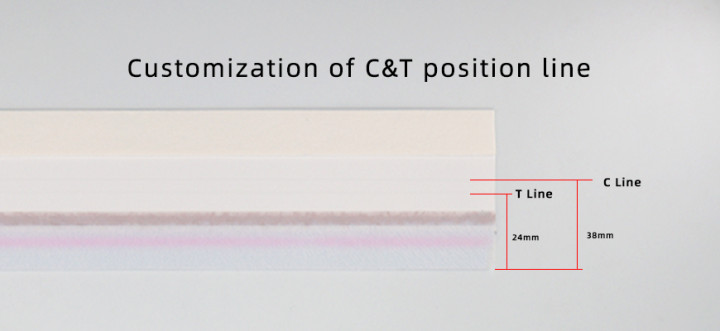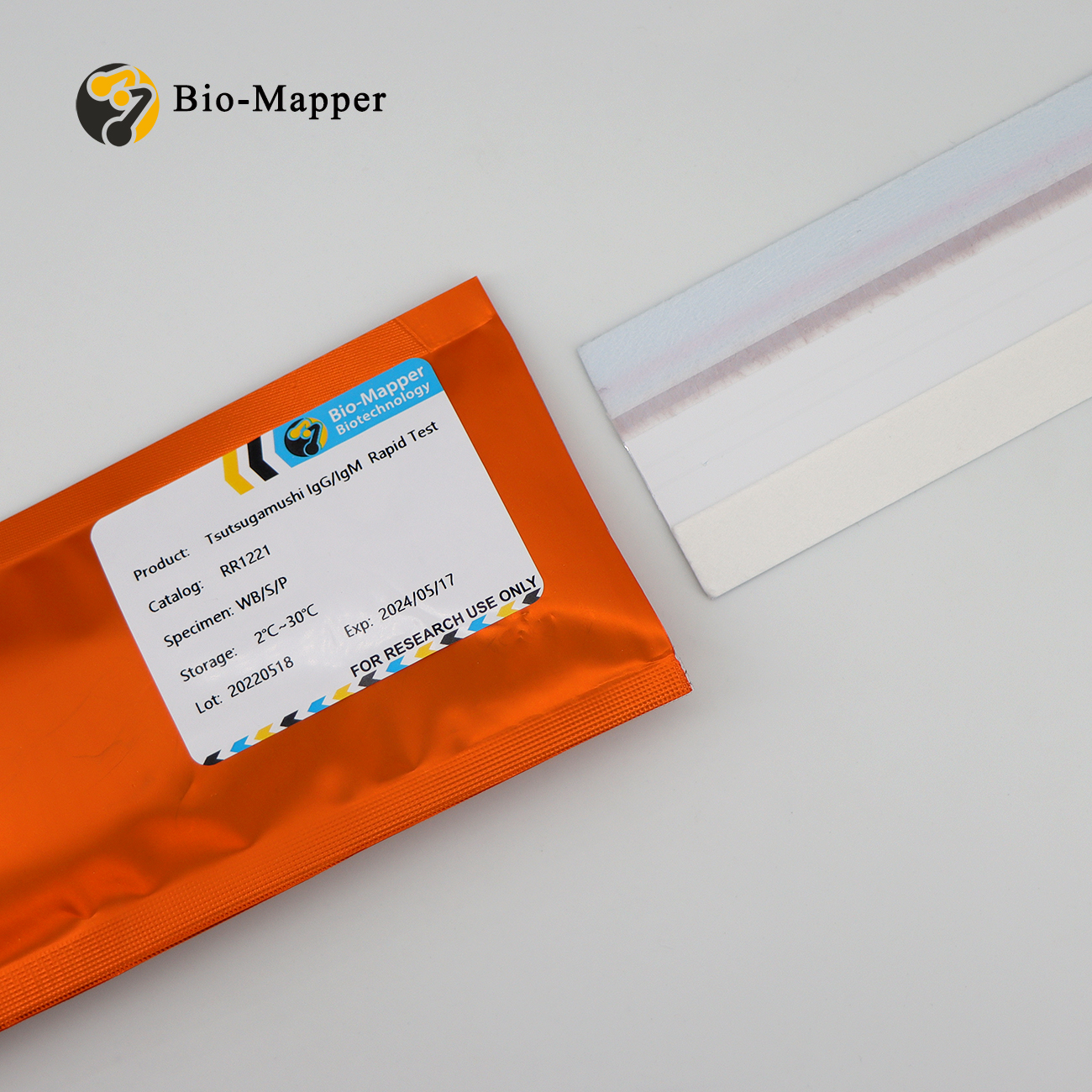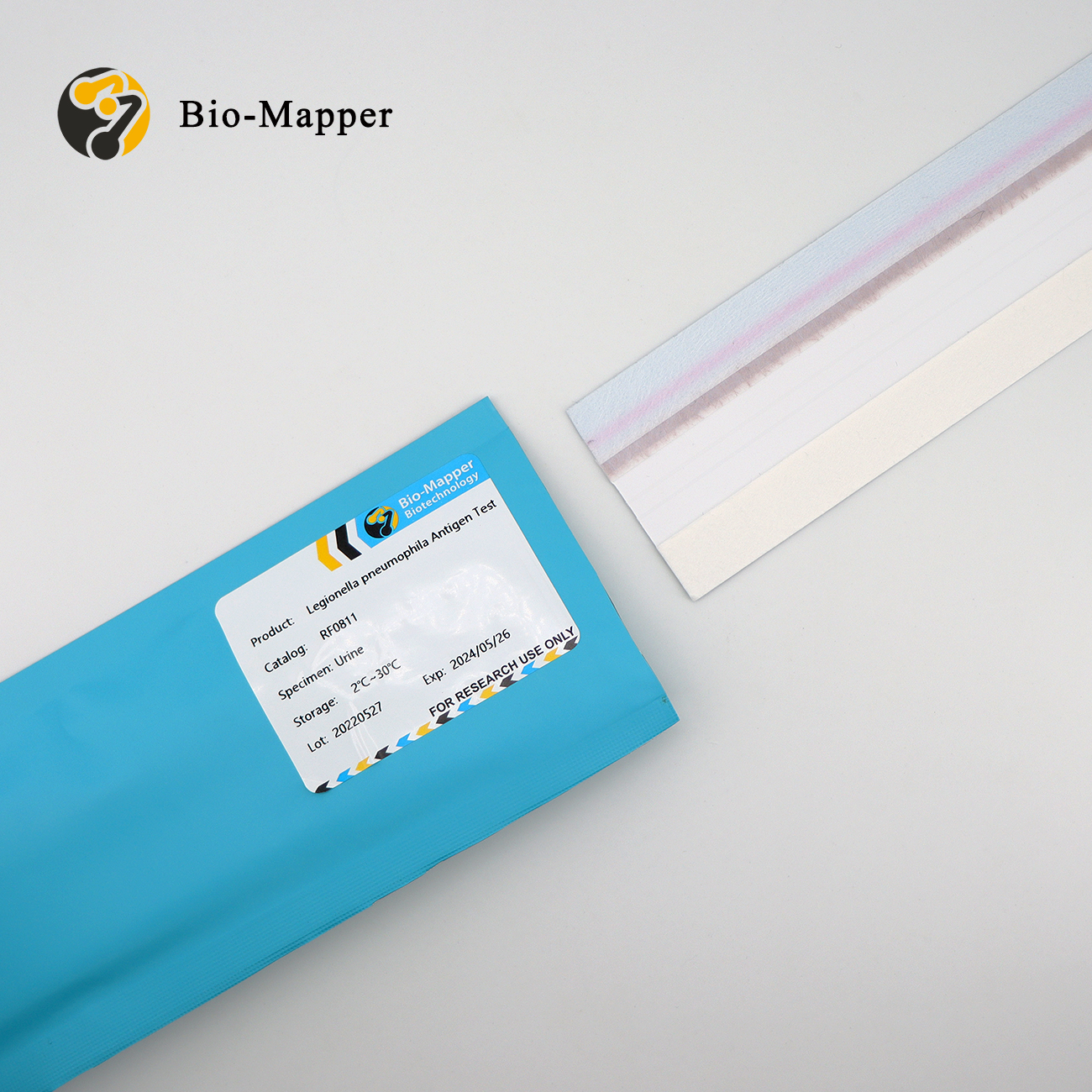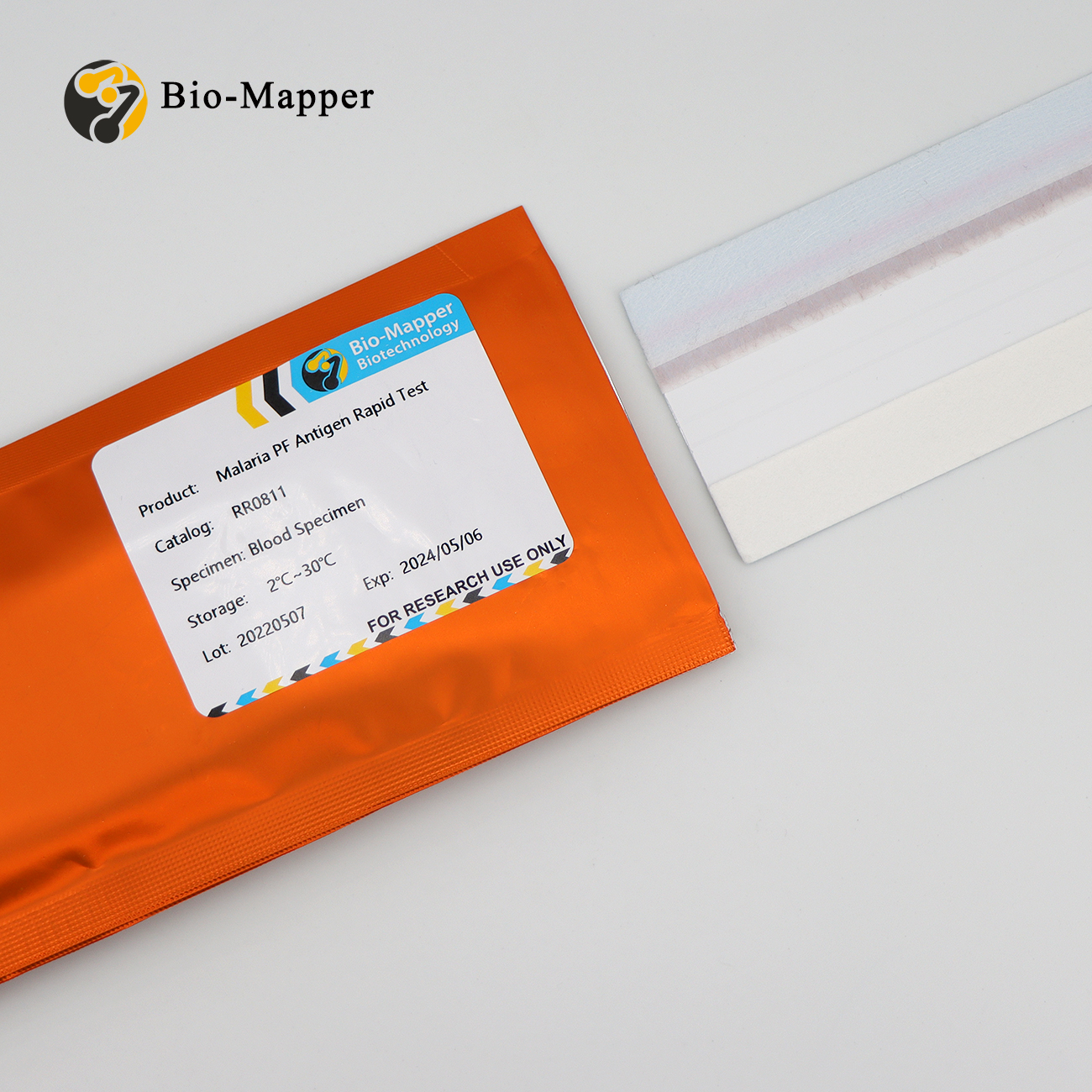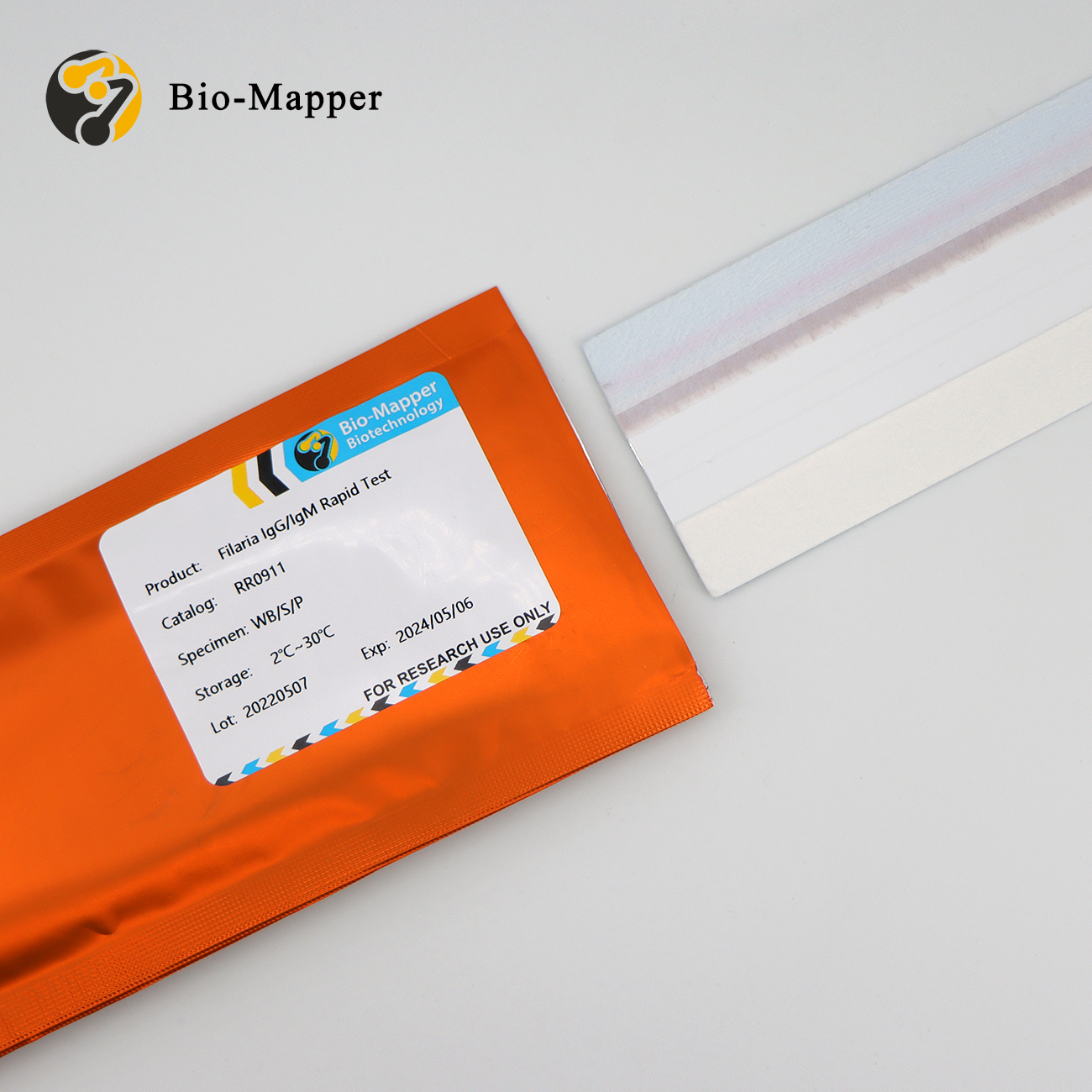Detailed description
Influenza is a highly contagious, acute, viral infection of the respiratory tract. The causative agents of the disease are immunologically diverse, single-strand RNA viruses known as influenza viruses. There are three types of influenza viruses: A, B, and C. Type A viruses are the most prevalent and are associated with most serious epidemics. Type B viruses produce a disease that is generally milder than that caused by type A. Type C viruses have never been associated with a large epidemic of human disease. Both type A and B viruses can circulate simultaneously, but usually one type is dominant during a given season. Influenza antigens may be detected in clinical specimens by immunoassay. The Influenza A+B Test is a lateral-flow immunoassay using highly sensitive monoclonal antibodies that are specific for influenza antigens. The test is specific to influenza types A and B antigens with no known cross-reactivity to normal flora or other known respiratory pathogens.





